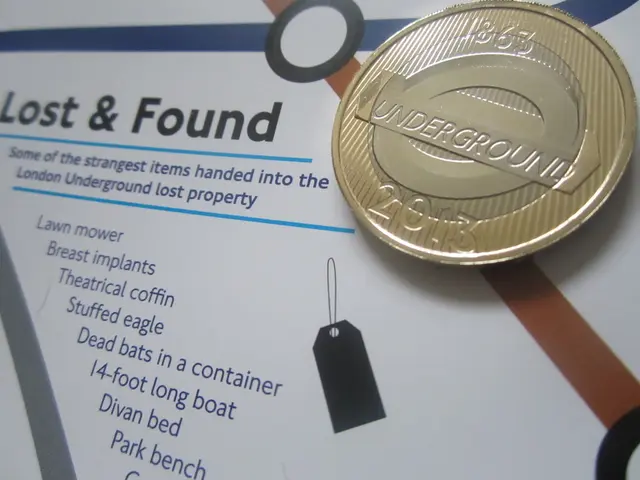Trading Equities Delivered with Tool called TCA
In the competitive trading landscape, Transaction Cost Analysis (TCA) has evolved from a regulatory compliance tool to a crucial performance optimization tool, as highlighted in the newsletter "U.S. equities TCA: The buy-side view."
Jesse Forster, Senior Analyst at Crisil Coalition Greenwich, emphasises the importance of customisation and flexibility in TCA systems. This emphasis is underscored by the significant investments made by large asset managers in developing their own proprietary TCA platforms.
According to Forster, TCA is no longer a luxury but a necessity in today's trading landscape. Buy-side traders are increasingly using TCA to optimise performance and boost returns.
Key Features of TCA for Buy-Side Traders
The key features of TCA for buy-side traders include detailed measurement of trading costs and execution quality. These features are often provided by third-party platforms that compile broad market data to offer unbiased, comprehensive insights.
With TCA, buy-side traders can:
- Optimise trading strategies based on empirical cost analysis and performance metrics.
- Benchmark and compare brokers objectively by assessing execution quality and costs relative to peers.
- Enhance cost-efficiency and trade timing, reducing implicit and explicit trading costs.
- Gain scalability, convenience, and low infrastructure costs via outsourced third-party TCA platforms.
- Integrate data across multiple asset managers for a holistic view of performance and peer analyses.
- Support data-driven decision-making through dedicated analytics, allowing traders to focus on execution while leveraging insights from specialized teams.
Preference for Third-Party TCA Vendors
Buy-side traders show a strong preference for third-party TCA vendors (about 88%), valuing them for their ability to provide unbiased data from across the market as opposed to broker-provided or in-house systems, which are used less frequently.
Third-party solutions offer scalability and cost advantages, making them a popular choice among buy-side traders. Broker-provided TCA is growing but still represents a smaller portion of usage (around 33%) with in-house systems chosen primarily by larger firms seeking tailored analytics.
Maximising Returns and Evaluating Broker Performance
The use of TCA helps traders maximise returns by refining their execution strategies and timing, ultimately lowering transaction costs and improving overall investment performance. It also provides a quantitative, objective basis for evaluating broker performance, identifying which brokers deliver the best trade execution against market benchmarks.
This is especially important for maintaining a competitive edge and justifying broker selection decisions. The incorporation of analytics teams focused on TCA and trade cost research enables buy-side firms to push the boundaries of cost minimization, even in complex or opaque markets like fixed income.
In summary, TCA provides buy-side traders with a critical analytics tool that enhances trade execution quality, cost control, broker evaluation, and overall return optimization, supported by sophisticated third-party platforms and dedicated analytics resources.
[1] Crisil Coalition Greenwich, "U.S. equities TCA: The buy-side view" [2] Forster, J., "The Importance of Customization in TCA Systems" [3] Forster, J., "The Role of Flexibility in TCA Systems for Buy-Side Traders" [4] Crisil Coalition Greenwich, "The Evolution of TCA: From Compliance to Performance Optimisation" [5] Crisil Coalition Greenwich, "The Impact of Dedicated TCA and Trade Cost Research Teams on Buy-Side Firms"
Read also:
- Tesla is reportedly staying away from the solid-state battery trend, as suggested by indications from CATL and Panasonic.
- Review of the 2025 Lamborghini Revuelto: Blazing Beasts on Wheels
- Tech giant Apple debuts sports app integrating betting odds provided by DraftKings
- California links 100,000 home storage batteries through its Virtual Power Plant program.






